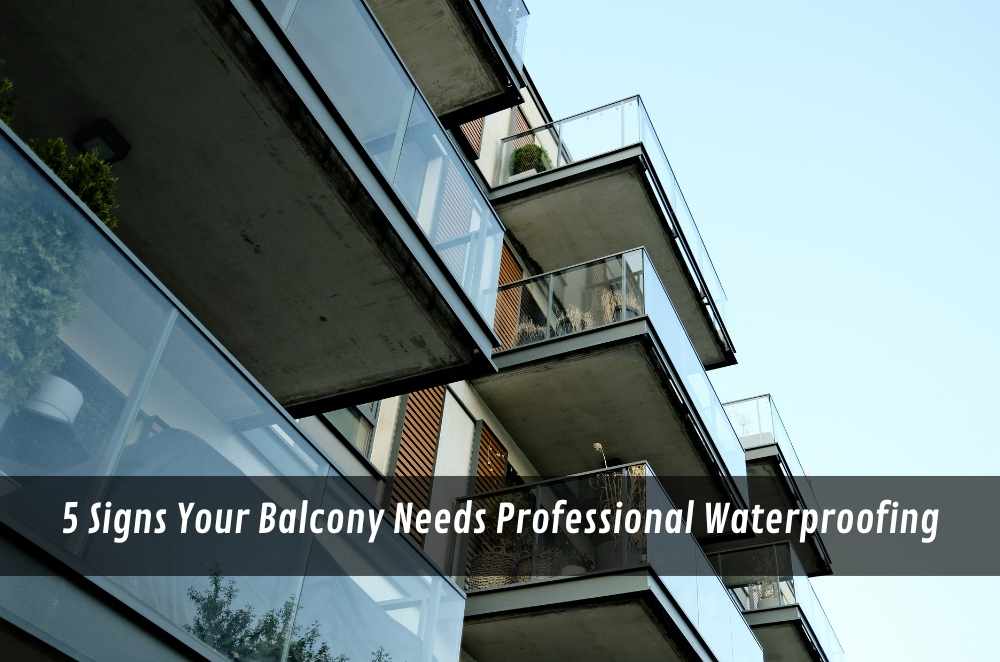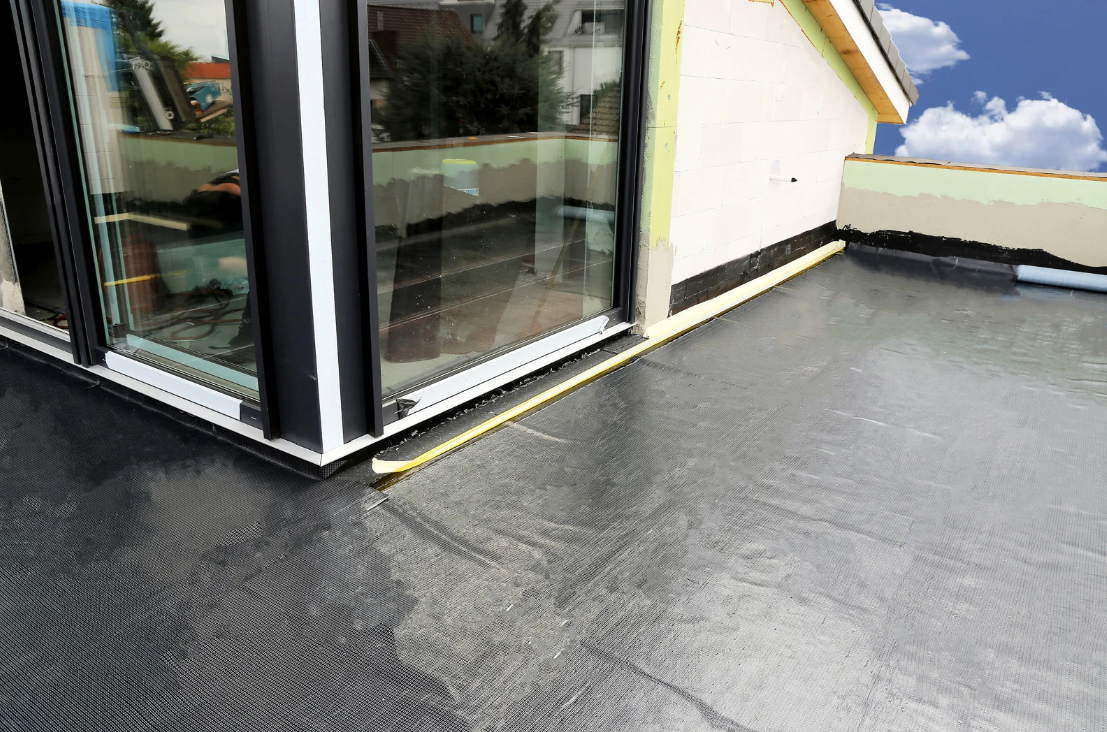
There’s a moment, right after it rains, where a balcony gives itself away. Not in some dramatic collapse or waterfall over the edge — but in the stillness. Water puddled in the same spot. A faint dark line on a wall. That lingering damp smell that’s not quite mould, not quite clean either. It’s subtle, but unmistakable once you’ve seen it.
That’s how it started for me. The top-floor unit I was renting had this corner where water always collected. I assumed the drain was just slow. Until, months later, bubbling paint showed up in the living room. Turns out, what seemed like a minor inconvenience was actually water migrating under the surface. That’s when I first learned how essential balcony waterproofing really is — not just for looks, but to stop damage from creeping where you can’t see it.
Here are five signs your balcony might be asking for help — even if it’s doing so quietly.
1. Water sits on the surface long after the rain
If you're noticing puddles lingering on your balcony well after the storm has passed, that’s not something to brush off. It could be a design flaw — or it could be a breakdown in materials that used to work.
What does it usually mean?
The slope isn't directing water properly
Drainage points might be blocked or poorly placed
The waterproof membrane has worn out, shrunk, or cracked
You wouldn’t know this just by looking. Water can move underneath the top surface, soaking into layers that don’t dry for days. That kind of exposure is exactly what weakens tiles and concrete from the inside. Left too long, it creates long-term moisture traps — and eventually, structural stress you can’t DIY your way out of.
2. Cracked tiles or bubbling surfaces
Here’s the thing about cracked tiles: they don’t always crack because of impact. Sometimes, it’s water that starts the chain reaction. I’ve walked across balconies that looked fine from a distance, only to hear that hollow “thunk” underfoot. A soft patch. Maybe some bubbling under the coating.
You might see:
Grout lines breaking up or turning dark
Surfaces lifting or shifting around the edges
Tile corners that pop when stepped on
That’s usually not just wear and tear. It’s what happens when water gets beneath the tile and plays havoc with adhesives. At that point, resealing the top isn’t enough. You’re dealing with a deeper failure.
3. Discolouration on ceilings or upper walls
A lot of people assume that if water damage doesn’t show up outside, everything’s fine. But more often than not, it’s what’s inside that tells the real story. That’s especially true if your balcony is above a garage, a downstairs living area, or even part of a multi-storey setup.
Keep an eye out for:
Yellowing or brown marks on the ceiling
Paint that bubbles or flakes around light fittings
Faint lines or stains forming in the upper corners of internal walls
These issues usually suggest that water is making its way into parts of the home it shouldn’t. And when that’s happening, surface repairs won’t cut it — deeper intervention is needed. That’s usually when it’s time to bring in someone who’s qualified to carry out licensed waterproofing work, not just to fix what’s broken, but to make sure everything meets the building standards properly.
4. Lingering damp smells and early signs of mould
Let’s talk about smell. That musty, stale odour that clings to concrete or sticks around long after the surface is dry? That’s usually a heads-up. You might not see mould yet, but the conditions are ripe for it. And if it smells off, chances are water’s been sitting there longer than it should.
It might show up as:
Damp corners that feel colder than the rest of the space
A sour smell that gets worse when it’s humid
Patches of early mould or dark staining near joins or wall edges
These indicators tend to pop up before things get worse. Once mould spreads underneath tiles or behind wall linings, cleaning isn’t enough. You’ve got to address where the moisture is entering and why it’s not drying out fast enough.
5. You’ve dealt with balcony leaks before — and they’re back
This one’s frustrating. You patch the leak, maybe regrout the edges, reapply sealant, and think it's sorted. But six months later? The damp patch returns. That’s usually because the fix didn’t go deep enough — it treated the symptom, not the cause.
Recurring balcony leaks often mean:
The slope was never right to begin with
The waterproofing membrane was compromised or poorly applied
External finishes are letting water in at the joins or edges
If you’ve had to revisit the same leak more than once, it's time to reconsider the whole system. At that point, it's no surprise when people start looking into outdoor water damage tips, especially when they’ve dealt with recurring leaks that don’t seem to stay fixed.
Think beyond just the balcony
One thing that often goes overlooked is the role other parts of the building play in ongoing leaks. A balcony doesn’t exist in isolation. Wind, gutter direction, and how runoff moves across roofing all affect where water ends up — and where it sits.
In some cases, roofing materials and joints between levels have been the real culprits. When a small balcony is positioned under or beside a larger rooftop, it catches overflow, especially if the gutters are blocked or undersized. That kind of exposure isn’t something sealant alone can defend against.
Some of those issues were linked to how water was running off adjoining surfaces, which made rooftop leak prevention just as important as what was happening on the balcony itself. Even if your balcony is the area showing damage, it may not be where the water’s coming in. Thinking holistically can save you from chasing leaks across multiple surfaces over time.

Final thoughts
You know your home. You know what it smells like, how the surfaces feel underfoot, and when something’s... off. Sometimes it's small: a puddle that doesn't drain, or a patch of paint that just won't dry. But those subtle signs often point to much larger problems beneath the surface.
Waterproofing is one of those things we don’t always think about until something goes wrong. But once a leak appears, it’s not just about aesthetics. It’s about protecting your home’s structure, your walls, and even your indoor air quality.


Write a comment ...